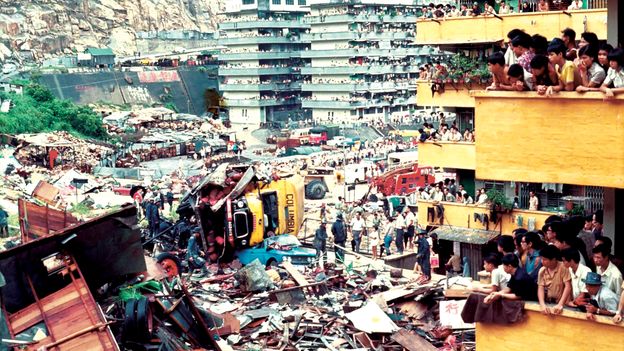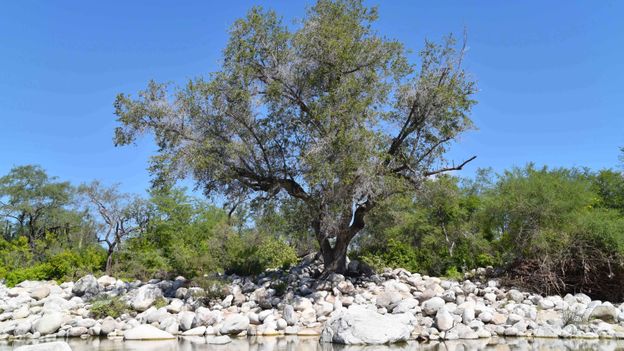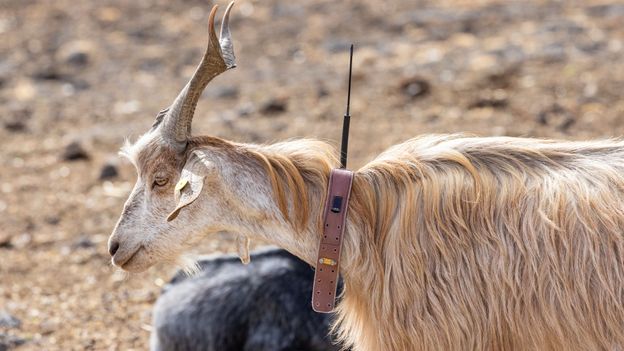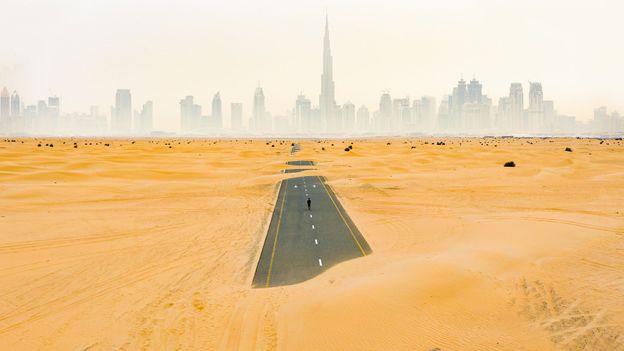It’s a finely balanced business to find the right trees for a city. But that’s just the start, says Nowak. The next question is where to plant them.
Many well-meaning schemes have suffered because of poorly planned planting. “Some cities like Beijing and Mexico City have planted trees pretty far from the city centers,” says Rob McDonald, lead scientist at The Nature Conservancy. “That may not be that beneficial.”
McDonald, who works with municipal governments to manage urban forests, says that as a rule of thumb, trees need to be planted close to where people – and sources of pollution – are.
And as wind direction and landscape structure can affect the way pollution moves, trees need to be planted accordingly, Nowak adds. In narrow streets surrounded by tall buildings, like those of downtown Manhattan, airflow can trap pollutants close to the ground. Planting tall trees with big canopies can make matters worse in this situation by preventing the pollution from dispersing. A recent tree planning scheme in Beijing ended up trapping pollution in certain areas, partly for this reason.
Kumar and his team recently issued specific recommendations for urban planners on this point. Hedges or green walls are generally to be preferred to trees in narrow streets flanked by tall buildings. While on broad roads surrounded by low-rise buildings, like those typical of the American suburbs, air can flow more freely so there is less risk of trapping pollutants, making both trees and hedges viable options. Examples of roadside hedges that work well include viburnum, red tip photinia, privet and bay laurel, Baraldi adds.
Ensuring biodiversity is also essential, even if one tree species is a standout winner in terms of its pollutant-trapping abilities. Kumar recommends that no more than 5-10% of an urban forest should be made of the same species or family. And a final factor that Nowak notes is that one should be realistic about maintenance and lifespan – plants that require little attention and that will last several decades are to be preferred.
Through the maze
With such a breadth of variables to keep in mind, knowing which species will work best in a particular place can be challenging. “There is a lot of conflicting advice and wishful thinking on the benefits of urban trees to mitigate air pollution,” says Stephanie Carlisle, an urban ecologist at the University of Pennsylvania who studies the interaction of natural and built environments. “Plus, it is really difficult to measure it.” Indeed, some studies report that plants can reduce PM that reaches indoor spaces by as little as 1% while others claim reduction rates of 60%.
But scientists are building tools intended to help urban designers identify the most suited species to a particular location. For example, a free software provided by the US Forest Service, iTree species, ranks species based on a set of variables including air-pollution removal abilities, carbon storage and VOC emissions.












